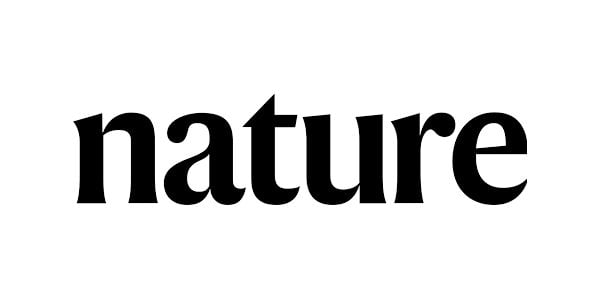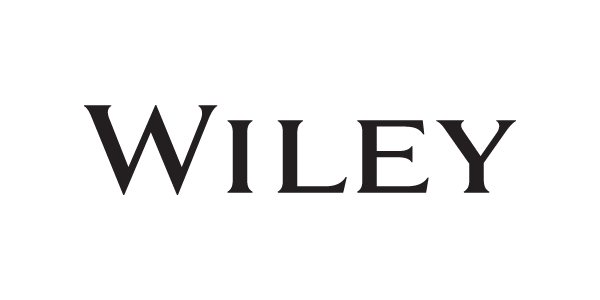Far-UVC Krypton Chloride Lamps-Safer DNA Exposure Compared to Sunlight
 UV Medico
:
Mar 5, 2024 10:06:19 AM
UV Medico
:
Mar 5, 2024 10:06:19 AM
.jpg)
This study used computer modeling to examine the DNA damage risk from far-UVC light versus sunlight. Results focused on CPD formation (a DNA damage marker) in two climates: Harwell, England, and Thessaloniki, Greece.
- Key Findings:
- 10 minutes of sunlight (UV Index 4) caused as much CPD damage as 700 hours of unfiltered far-UVC or 30,000+ hours of filtered far-UVC exposure at the basal skin layer.
- Sunlight poses a significantly greater DNA damage risk than far-UVC.
Latest knowledge from UV Medico

1 min read
Far-UVC: Innovative Solution to Airborne Microbial Disease Control

1 min read
Mouse Skin Reactions to 222nm and 235nm UV-C Light Exposure

UVC Light: A Safer Alternative for Reducing Surgical Site Infections

1 min read
Safe Long-Term Use of 222 nm UVC Lamps on UV-Sensitive Mice

 UV222™
UV222™ UV222 Linear
UV222 Linear UV222 Downlight
UV222 Downlight Vertex 222
Vertex 222.png) UV222 Pendant
UV222 Pendant.png) UV222 Booth
UV222 Booth.png) UV222 Step-On
UV222 Step-On.png) UV222 Cleanroom Downlight
UV222 Cleanroom Downlight UV222 Dual Downlight 60x60
UV222 Dual Downlight 60x60 UV222 Material Airlock
UV222 Material Airlock UV222 Ambulance
UV222 Ambulance UV222 Compact
UV222 Compact UV222 Industrial
UV222 Industrial.jpg)
